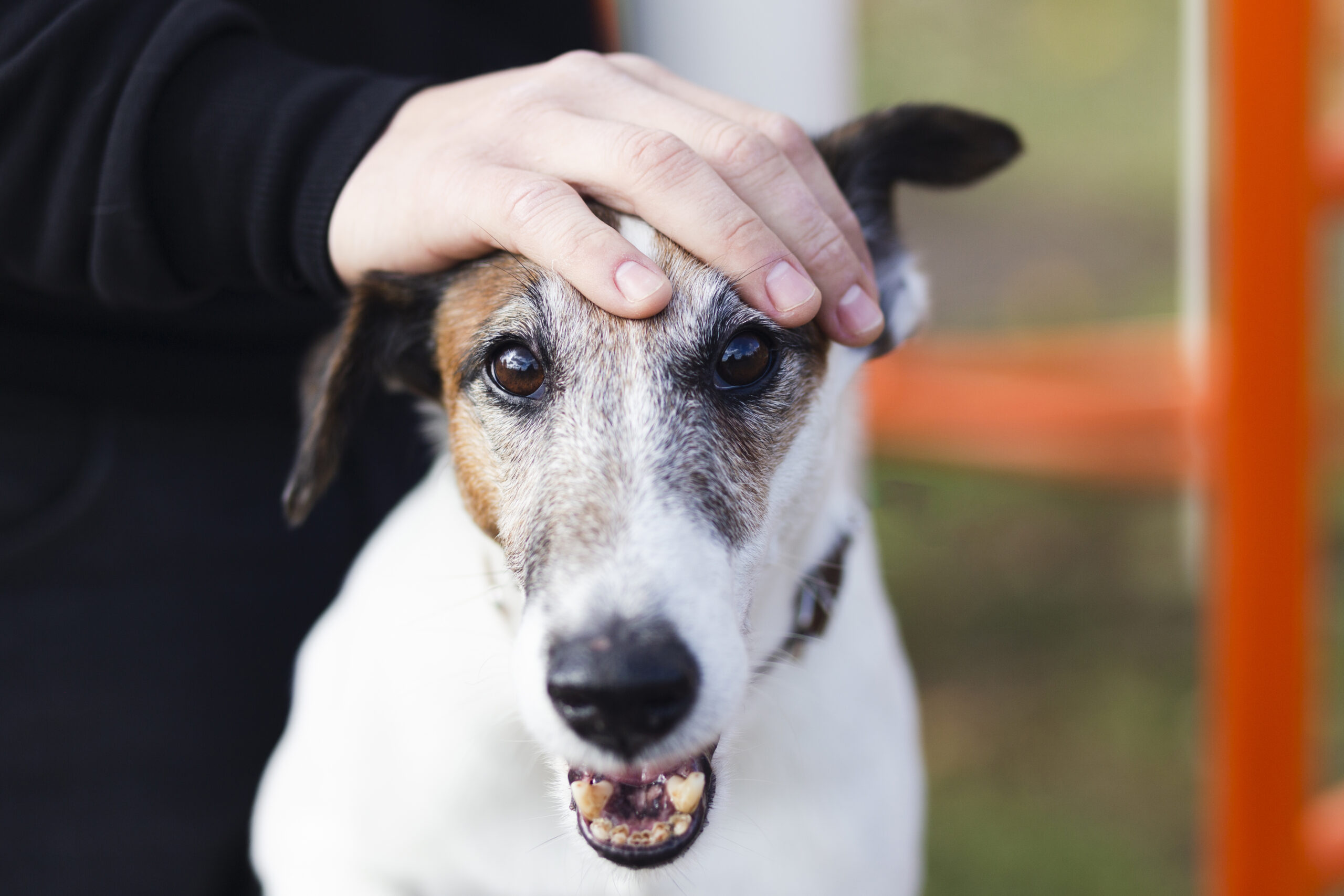Exploring and strengthening the bond with your dog is just as easy as understanding their body language and emotions. Physiognomic dog communication ranges from beautiful facial expressions, body parts movement like tail wagging, to numerous other methods. Experts say that unlike people, dogs do not rely on questioning or commanding in order achieve their goals. Dogs strongly depend on physical cues, and while it may sound difficult to dogs, a combination of clearly understandable emotions and intentions guides them.
Tail Wagging: More Than Just a Happy Sign
Improper interpretation of tail wagging is commonly seen in people, where they bewildedly presume the dog is happy. Realistically speaking, happy feelings are not what trigger the excitement. The dog being happy isn’t the only possible scenario and a dog can feel a range of emotions such as frustration or aggression. The key to understanding a dog is watching the dog’s tail closely. Swift well curved movements indicate a relaxed dog while a tail that moves in rapid jerky way causes higher levels of excitement. Positively wagging also yields better results, while leftward motion tail movement causes negative emotions. Where the tail is placed is important as well and makes a tail that is high, shows confidence and aggression while one that is clenched and hidden between the legs conveys horror and stress.
insights that become even clearer when paired with interactive games and activities to keep your dog entertained
Raised Hackles and Posture: All Signs Outline Reading the Signs.
Raised hackles often suggests arousal in an individual canine. Such reactions, or piloerections, might showcase stress, excitement, or even interest. A dog’s stature truly offers other clues: a cowering dog, with its whole body lowered onto the ground, can very well be feeling scared or submissive after some form of mistreatment in the past. However, a dog whose weight is shifted forward may also be interested, but, in this case, could be attempting to display aggressive intentions.
Facial Expressions: More Than Meets the Peer
Facial expressions on dog heads can mimic some emotions pertaining to human beings, but in general have different interpretations. Take yawning for an example; it is one form of expressing lack of energy, but in dog culture it is more appropriate to refer to it as a dogomb stress indicator. In the same manner, lip licking may indicate anxiety instead of showcasing hunger.
Eyes: The Windows to a Dog’s Soul
A dog has different emotional states and what they feel can be indicated through their eyes. Calmness is linked to soft eyes which are relaxed whereas discomfort and aggression is linked to hard stares which are very intense. Dogs do not only relate through lack of eye contact; absence of eye contact also sends a message. Staring fiercely is an aggressive gesture, whereas not looking at someone is an emphasis on tone. The eye whites being exposed while looking upwards is suggestive of anxiousness or fear.
Analyzing Dog Behavior Through Body Language
Getting the right signals from a dog requires careful analysis of their whole body. Positive signals are indicated through a tail that is wagging along with the rest of the body. Getting signals through body language is not that easy and flexible therefore there is bound to be miscommunication. A relaxed dog has eyes that are soft along with a mouth that is set in rest. In dogs that are excessively excited the body may become tensed, which then suggests that they are in an agitative state.
something often seen in pets with common behavioral problems that need addressing
Constructing a Stronger Bond
Understanding your dog’s body movements can help you better discern what they require and how they feel. This is crucial in not only avoiding problems, but also in reinforcing your bond with man’s best friend Zenos. Dogs do talk; however, it is upon us to listen, and when we do, it is possible to make great strides towards their comfort and joy.
If you’re thinking about adding a new furry friend to your home, don’t miss our guide on what to know before adopting a dog.
EXTRA:
Pawrpose AI is rethinking pet care—smarter, kinder, and more connected. No more guesswork about your pet’s health, at any age.
Read more here: Pawrpose AI












